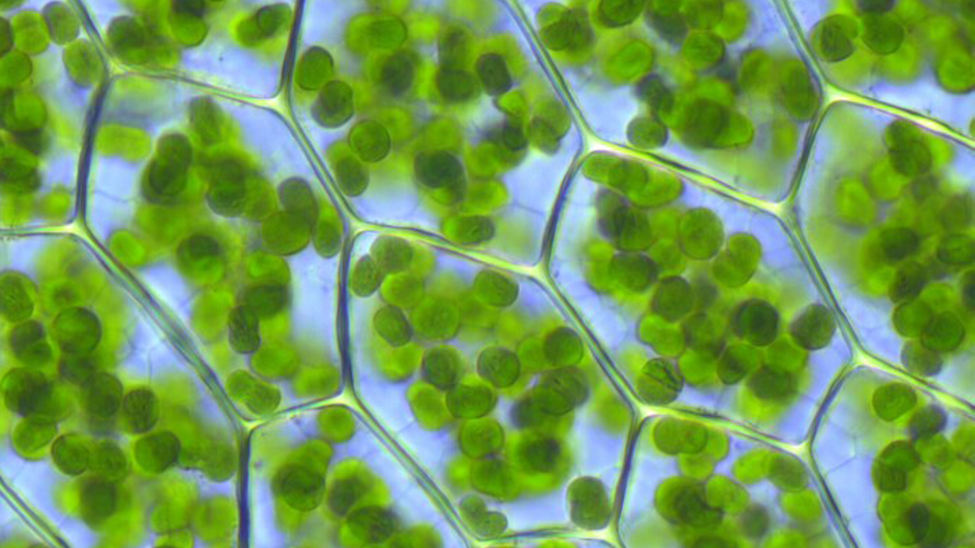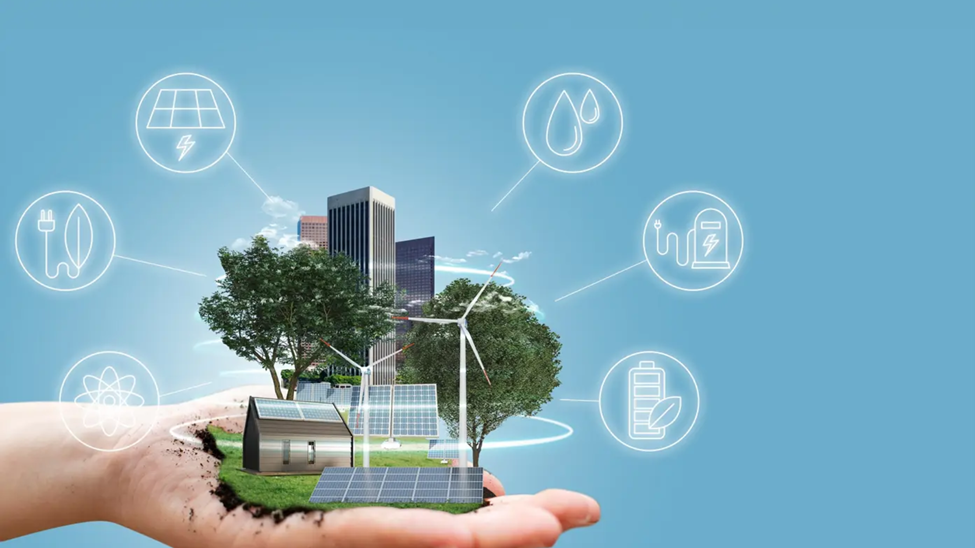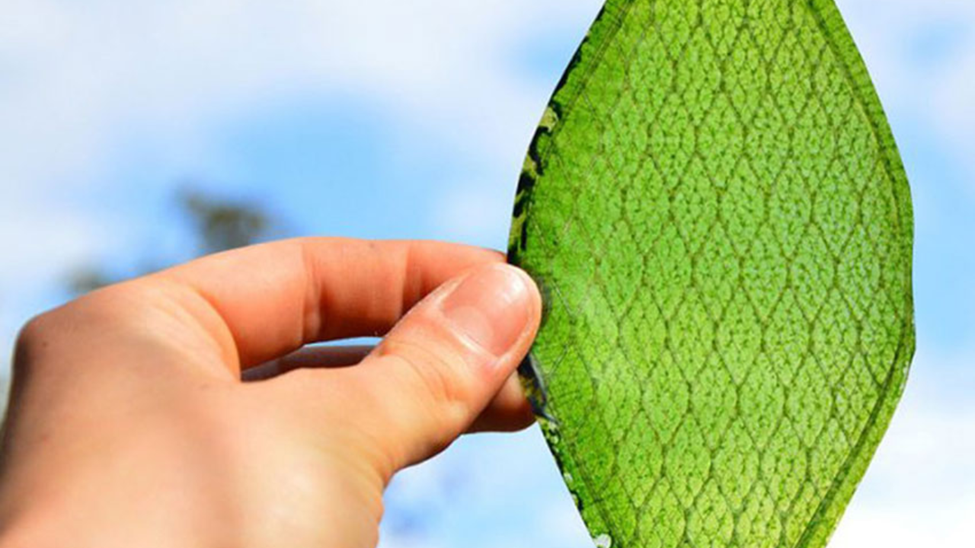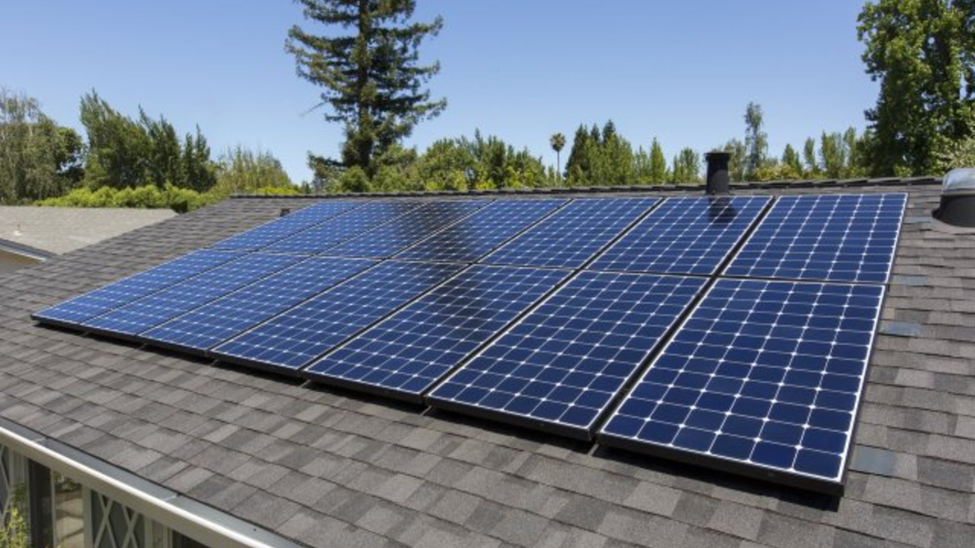The pursuit of sustainable energy solutions has never been more urgent. While traditional solar panels and wind turbines are making significant strides, scientists are looking to nature for inspiration to tackle the energy challenge more holistically. A groundbreaking innovation, the Artificial Leaf, is emerging as a potentially cost-effective and highly efficient method for green energy production, directly mimicking photosynthesis to create fuel or valuable chemicals from sunlight, water, and even carbon dioxide.
Cost-Effective Artificial Leaf Tech: A Game Changer
The recent advancements in Artificial Leaf technology are particularly exciting due to their focus on cost-effectiveness. Engineers at the University of Illinois Chicago (UIC), for example, have developed a low-cost Artificial Leaf that boasts an impressive ability to capture carbon dioxide (CO2) at rates 100 times more efficiently than previous systems. This is a monumental step, moving the technology out of the lab and into real-world applications.

The UIC Artificial Leaf utilizes affordable materials and a clever design, employing a water gradient over an electrically charged membrane. An organic solvent on the “dry” side binds to CO2, forming bicarbonate, which then moves across the membrane to a positively charged electrode. This process concentrates the CO2, making it ready for conversion into fuel or other useful products. This device demonstrates a high flux of 3.3 millimoles per hour per 4 square centimeters, outperforming rival systems by over 100 times while using less energy than a 1-watt LED lightbulb. Critically, the calculated cost is around US$145 per ton of CO2 captured, well within the Department of Energy's target of US$200 per ton. This modular design means the Artificial Leaf can be stacked, making it scalable for various applications, from homes to industrial settings.
Environmental Sustainability: The Core Promise of the Artificial Leaf
The primary driver behind the development of the Artificial Leaf is environmental sustainability. Our reliance on fossil fuels has led to severe environmental consequences, most notably climate change. The Artificial Leaf offers a direct pathway to a future powered by clean, renewable resources, specifically sunlight and abundant water. By mimicking photosynthesis, this technology aims to convert sunlight directly into chemical energy (like hydrogen or syngas) or even directly into useful organic compounds, without the carbon emissions associated with burning fossil fuels.

The ideal Artificial Leaf system would not only produce clean fuel but also contribute to carbon mitigation by utilizing atmospheric CO2 as a feedstock. While early versions primarily focused on water splitting to produce hydrogen, newer iterations, like the one from the University of Cambridge, can directly produce syngas (a mixture of carbon monoxide and hydrogen) from sunlight, CO2, and water. This carbon-neutral process marks a significant step towards creating sustainable liquid fuels. The potential to close the carbon loop by converting waste CO2 into valuable products makes the Artificial Leaf a compelling solution for environmental sustainability.
Buy Green Energy Products: Broadening Your Sustainable Portfolio
For consumers and businesses alike, the market for green energy products is expanding beyond just solar panels and wind turbines. While the Artificial Leaf is still largely in the research and early commercialization phases, its potential impact means it could eventually join a diverse portfolio of sustainable energy systems. Today, individuals looking to buy green energy products can choose from:

- Solar Panels: Highly efficient photovoltaic (PV) modules are more accessible than ever.
- Wind Turbines: Small-scale wind turbines offer an alternative for homes in windy areas.
- Battery Storage Systems: Essential for storing intermittent renewable energy, enhancing energy independence.
- Heat Pumps: Highly efficient electric heating and cooling systems.
- Smart Home Energy Management Systems: Devices that optimize energy use, often integrating with renewable sources.
As Artificial Leaf technology matures, it could offer a new category of green energy products for direct fuel generation or carbon utilization, further diversifying options for those looking to purchase sustainable energy systems.
How Artificial Leaf Works: Mimicking Nature's Efficiency
The fundamental principle behind an Artificial Leaf is to replicate photosynthesis. Natural photosynthesis in plants utilizes chlorophyll to absorb sunlight, which then powers a chemical reaction that converts water and carbon dioxide into glucose (the plant's primary energy source) and oxygen. An Artificial Leaf aims to do the same, but for human energy needs.

Typically, an Artificial Leaf consists of a semiconductor material (like silicon or perovskite) that acts as a light absorber, similar to chlorophyll. This material is coated with catalysts (often earth-abundant elements like cobalt, nickel, or manganese). When the Artificial Leaf is immersed in an electrolyte (usually water) and exposed to sunlight:
- Light Absorption: The semiconductor absorbs solar energy, generating electron-hole pairs.
- Water Splitting: These photogenerated charge carriers drive redox reactions at the catalyst-coated electrodes. One side uses the catalyst to split water (H2O) into hydrogen (H2) and oxygen (O2).
- CO2 Reduction (Optional but desired): In more advanced designs, the other side uses a different catalyst to reduce carbon dioxide (CO2) and water into carbon monoxide and hydrogen (syngas), or even more complex hydrocarbons.
The resulting hydrogen or syngas can then be collected and stored as a clean fuel, or further processed into liquid fuels like ethanol. The byproduct is oxygen, just like in natural photosynthesis. This direct conversion of solar energy into chemical fuel is a key advantage of the Artificial Leaf over traditional solar panels, which only produce electricity.
Purchase Sustainable Energy Systems: The Expanding Market
The market for sustainable energy systems is booming. Homeowners and businesses are increasingly looking to purchase sustainable energy systems for long-term savings, energy independence, and environmental responsibility. Companies like Tesla offer fully integrated clean energy ecosystems, including solar panels and Powerwall battery storage, allowing users to generate, store, and manage their own energy. The availability of government incentives and flexible financing options also makes it easier to purchase sustainable energy systems. As Artificial Leaf technology progresses, expect to see specialized systems for direct hydrogen production or CO2-to-fuel conversion becoming commercially available, expanding the range of sustainable energy systems.

SunPower Solar Systems: Leading the Way in Efficiency
While the Artificial Leaf represents a future frontier, current solar energy solutions are continuously improving. SunPower, known for its high-efficiency solar energy systems, remains a leader in the photovoltaic market. Their Maxeon series panels boast efficiencies exceeding 24%, with long warranties and exceptional durability. SunPower's focus on innovative cell technology, like their back-contact (BC) cells, maximizes light absorption and power output, making them a premium choice for residential and commercial customers. These highly efficient solar energy systems demonstrate the ongoing advancements in renewable energy capture, complementing the emerging promise of the Artificial Leaf.
US Wind Energy: A Vital Component of Green Energy
Beyond solar energy, US wind energy is another critical component of the green energy transition. The U.S. wind energy market is expected to reach 208.16 gigawatts by 2030, driven by increasing investments and supportive policies like the Inflation Reduction Act. Onshore wind remains dominant, but offshore wind projects are rapidly expanding, with significant capacity additions planned in the Atlantic. While US wind energy faces challenges like policy uncertainty and permitting delays, it continues to be a major source of clean electricity, complementing other renewables like solar energy and emerging technologies like the Artificial Leaf in the national energy mix.

Smart Homes: Integrating Green Energy Solutions
The rise of smart homes is intrinsically linked to the adoption of green energy solutions. Smart home energy management systems (HEMS) allow homeowners to monitor, control, and optimize their energy consumption. These systems can integrate seamlessly with solar energy panels, battery storage, and even EV chargers, ensuring maximum utilization of self-generated clean power.
A smart home with an integrated HEMS can automatically adjust thermostats, lighting, and appliances based on energy prices, grid demand, and renewable energy availability. In the future, a smart home could potentially integrate an Artificial Leaf system to produce hydrogen for a fuel cell or synthetic fuels for backup power, further enhancing energy independence and environmental efficiency. The synergy between smart technology and green energy solutions, including the potential of the Artificial Leaf, is paving the way for truly sustainable living.








